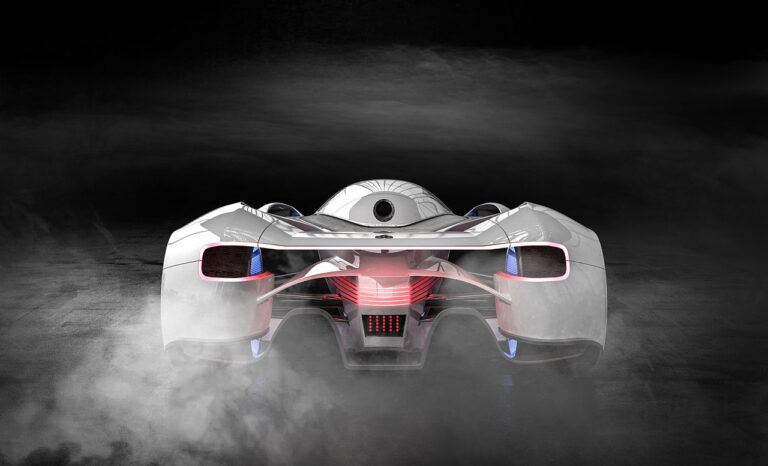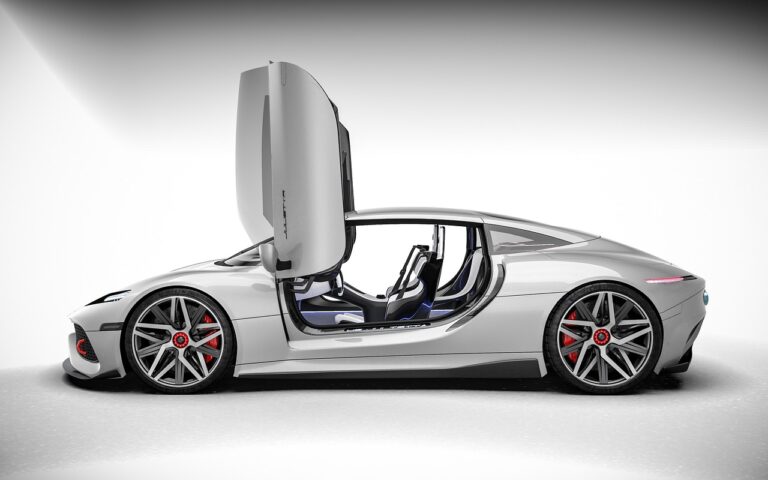The Evolution of Suspension System Continuously Variable Stiffness Technology
11xplay reddy login password, 24 betting login india sign up, skyinplay.com login:The evolution of suspension system continuously variable stiffness technology has revolutionized the automotive industry, providing drivers with a smooth and comfortable ride while enhancing vehicle performance. This innovative technology allows for the adjustment of the stiffness of a vehicle’s suspension system in real-time, adapting to changing road conditions and driving styles. In this article, we will explore the history of continuously variable stiffness technology, its benefits, and how it has evolved over the years.
Introduction
Suspension systems play a crucial role in ensuring a smooth and comfortable ride for drivers and passengers alike. The primary function of a suspension system is to absorb shocks and vibrations from the road surface, providing stability and control while driving. Over the years, advancements in suspension technology have led to the development of continuously variable stiffness systems, offering a more dynamic and adaptable driving experience.
History of Continuously Variable Stiffness Technology
The concept of continuously variable stiffness technology can be traced back to the early 20th century when automotive engineers began experimenting with different ways to improve suspension systems. The first attempts at variable stiffness suspension systems used mechanical mechanisms to adjust the stiffness of the springs based on driving conditions. However, these early systems were limited in their ability to provide a wide range of stiffness adjustments.
In the 1980s, advancements in electronic and hydraulic technology paved the way for the development of more sophisticated continuously variable stiffness systems. These systems used sensors to monitor driving conditions and adjust the stiffness of the suspension system in real-time. This allowed for a more precise and responsive driving experience, with the suspension system automatically adapting to different road surfaces and driving styles.
Benefits of Continuously Variable Stiffness Technology
Continuously variable stiffness technology offers several key benefits to drivers, including:
1. Improved Comfort: By adjusting the stiffness of the suspension system in real-time, continuously variable stiffness technology can provide a smoother and more comfortable ride for passengers, even on bumpy or uneven road surfaces.
2. Enhanced Performance: Continuously variable stiffness systems can improve a vehicle’s handling and stability, especially during cornering or sudden maneuvers. By automatically adjusting the suspension stiffness, drivers can enjoy a more responsive and agile driving experience.
3. Customizable Driving Experience: Drivers can often customize the settings of a continuously variable stiffness system to suit their preferences. This allows for a more personalized driving experience, with the ability to adjust the suspension stiffness for different driving conditions or terrains.
Evolution of Continuously Variable Stiffness Technology
Over the years, continuously variable stiffness technology has continued to evolve, with automakers and engineers developing increasingly advanced systems to enhance vehicle performance and comfort. Some of the key advancements in this technology include:
1. Adaptive Damping Systems: Many modern vehicles feature adaptive damping systems that use sensors to monitor road conditions and driver inputs, adjusting the stiffness of the suspension system accordingly. These systems offer a more precise and responsive driving experience, with the ability to automatically adapt to changing driving conditions.
2. Active Suspension Systems: Active suspension systems take continuously variable stiffness technology to the next level, using advanced electronic controls to adjust the suspension stiffness in real-time. These systems can provide an unparalleled level of comfort and performance, with the ability to adjust the suspension settings hundreds of times per second.
3. Predictive Suspension Systems: Some automakers are now developing predictive suspension systems that use artificial intelligence and machine learning algorithms to anticipate future road conditions and adjust the suspension stiffness proactively. This cutting-edge technology can provide an even smoother and more comfortable ride for drivers and passengers.
FAQs
Q: How does continuously variable stiffness technology work?
A: Continuously variable stiffness technology uses sensors and electronic controls to monitor driving conditions and adjust the stiffness of the suspension system in real-time. By constantly adapting to changing road surfaces and driving styles, this technology can provide a smoother and more comfortable ride for drivers and passengers.
Q: Can continuously variable stiffness technology improve fuel efficiency?
A: While continuously variable stiffness technology does not directly impact fuel efficiency, it can improve a vehicle’s handling and stability, which can lead to more efficient driving. By providing a smoother and more controlled ride, continuously variable stiffness systems can help drivers to maintain a steady speed and reduce fuel consumption.
Q: Are continuously variable stiffness systems reliable?
A: Yes, continuously variable stiffness systems are designed to be reliable and durable, with many automakers offering warranties and maintenance plans for these systems. By using high-quality components and advanced technology, continuously variable stiffness systems can provide years of trouble-free operation.
Conclusion
The evolution of suspension system continuously variable stiffness technology has transformed the automotive industry, offering drivers a more comfortable and dynamic driving experience. From early mechanical adjustments to advanced electronic controls, continuously variable stiffness systems have come a long way in improving vehicle performance and comfort. As automakers continue to innovate and develop new technologies, we can expect to see even more advanced suspension systems in the future, providing drivers with an unparalleled level of performance and comfort.







